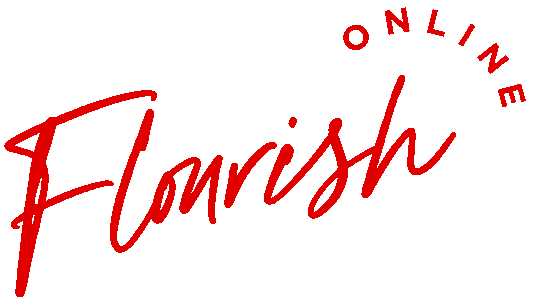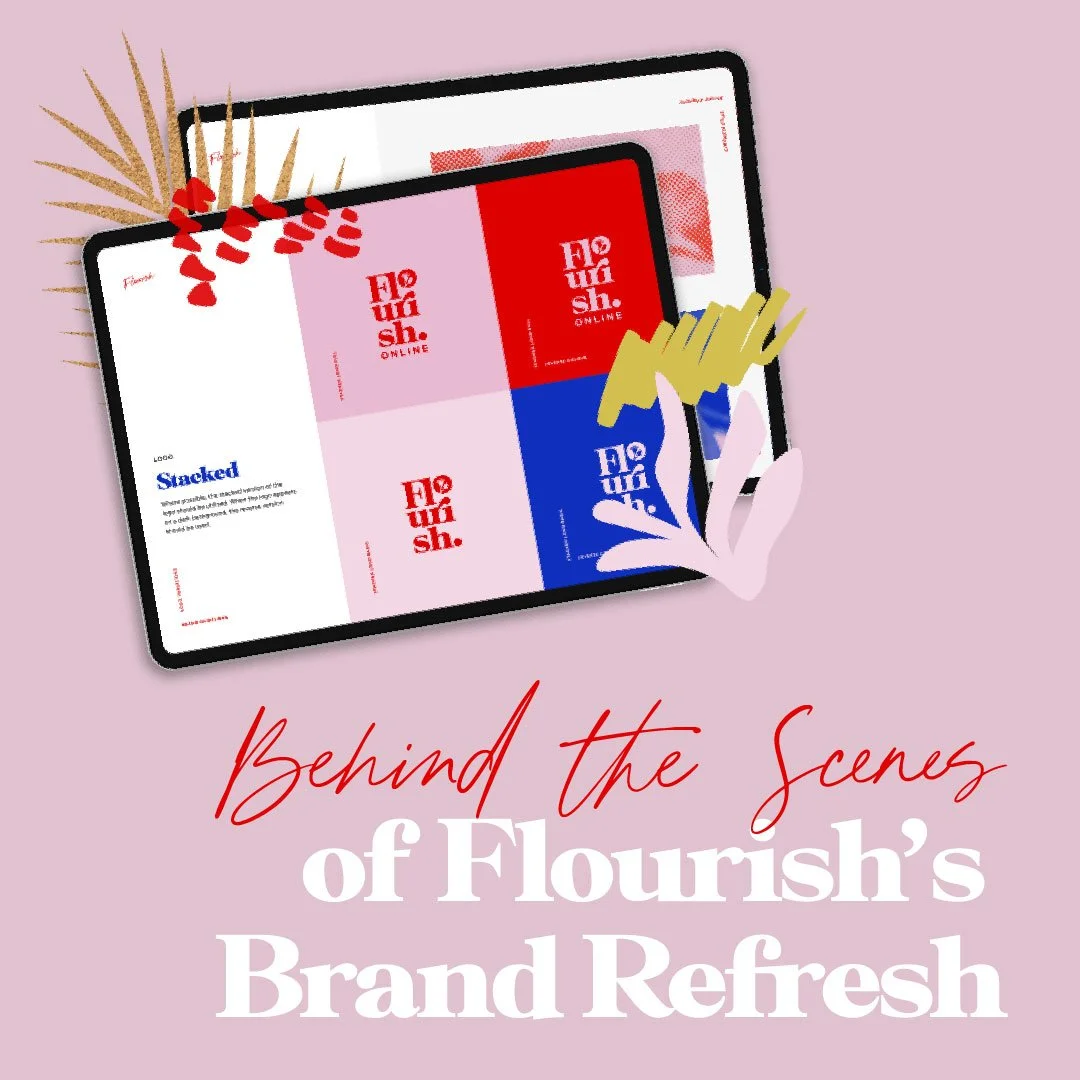Membership Site Ideas: 9 Tips For Creating Your Own Online Empire
It's all about the membership these days. Why? Because it’s all about those dollar bills. You want customers to be paying you continuously, not having to keep seducing them into giving you money again and again for single purchase items like books or worksheets.
If you have a course or offering, the membership model is the way to go. But what style of membership is going to work the best for your offering?
Well sweet petal, I’m about to take you through all your options. So hopefully you’ll get confused, then enthused, then confused again and then finally (probably) you’ll figure out exactly what model works best for you. If, after reading this you still can’t figure it out, go and have a shower. If you're looking for clarity, you'll always find it when you're standing under running water. You can generally find clarity when you're running too but that hurts a lot so just hit the bathroom instead.
Here are the 9 types of membership site:
1. Evergreen
Evergreen courses are DIY or ‘drip-feed’ style courses that are all automated. You load all the content in, whack it up for sale, and whenever people stumble upon it, the material is drip fed to them on autopilot.
Evergreen style courses are a very excellent way to have a membership site because once it’s ready to go, you don’t have to add anything to it. The only downside to this is that eventually the course ‘ends’, the student will complete all the modules and stop paying you. That’s the moment you need to swoop in with your subscription model and find a way to get your most loyal customers to pay a monthly fee for access to you.
2. Community-Based
Think along the lines of health-related courses - Michelle Bridges, Kayla Itsines - these are all community -based courses and they rely on the people participating in them to create a buzz around them. Community -based memberships are fantastic for people who need to be held accountable, so these work well for health challenges or any lifestyle changes where people repeatedly fall off the wagon. That’s why movements like Dry July are so popular because everyone is miserable and sober at the same time.
3. Course-Based
These are usually ‘live’ courses meaning they are active in real time with set dates. For example, you might have a style course that opens at the beginning of summer and runs for four weeks. You can use the same content as you do for an evergreen course, the only difference is that the doors open and close on this course creating urgency for people to participate in it or else they know they have to wait for the next time the doors open. Scarcity is an excellent tool, and you should use it whenever you can. Like when you try to buy an avocado in the off-season, and it costs a months rent. Apply that to your offering and watch people throw their money at you.

4. Pick and Mix
Pick and mix is where the customer chooses whatever courses they want from the site and leaves the ones that aren't of interest. Sites like Masterclass and Craftsy have this. This model works best for big, broad customer bases. If you have a small email list or are a more modest operator, this isn’t an ideal model. You want people to be engaged in all areas of your content and allowing people to opt out of paying for parts of your offering is like giving someone a refund at a café if they only drank half their coffee.
5. ‘Live’ Online
Held over a week or a few days, ‘live’ online membership is time sensitive, and when the course is completed, the content will often disappear. Many craft and photography bloggers hold a weekend workshop that must be participated in at the allotted time, or you miss out. Just like with a live event.
6. Content access membership
Think The New York Times or paid podcasts. These kinds of memberships are very labour intensive and also difficult to get customers for because people are so used to getting content for free on the internet. Even large publications like The New York Times struggle with this model. Hot tip: For smaller operations, it’s best to create free (amazing) content that you can use to pimp your paid offering, rather than trying to get your customers to pay for the content.
7. Free mini-courses
Usually used to lead sales to a paid course, free seven-day boot camp style memberships can create solid leads. By giving people a free peek into your member's section, it can entice them to stick around for the paid course or membership, and it’s a great buzz creator when you’re in launch mode. You can also do a free trial where you take their credit card details, and they’re automatically charged after seven days if they don’t unsubscribe.
8. Collective Memberships sites
Pencil Kings, Teachable, Marie Forleo - these are collective membership sites where you have access to lots of different professionals across a broad range of niches. Usually aimed at professionals, these type of sites are great for networking, getting your products in front of a fresh set of eyes and also facilitating good business partnerships. So, for example, your niche might copywriting and you offer a course for budding copywriters. You could then start a collective with other copywriters and provide all of your classes together at a bundle rate, increasing how many eyes you get on your project and using the power of collaboration. Let's look at the
Kardashians; the reason they’re so successful is that they collaborate all time and there are so many of them.
9. Mastermind memberships
These are premium memberships for a select group of people who want more attention or time. These are particularly popular in life and business coaching niches. For example, a business coach might run an Evergreen membership for $199 and then have an up-sell offering of $1000 for a premium monthly mastermind with 1:1 calls and coaching.
P.S. If you suspect that your online ‘digs’ need some TLC, check out our fancy-pants portfolio.
P.P.S If you don’t have a website and you need one, like now, we can sort you out with The Flourish Quickie. If you just want a site that looks as PROFESH as possible, as SOON as possible and you don’t want to waste time faffing around with colours and copy we can have your website up and functioning in 7 days. That’s our most excellent promise.
TAKE OUR QUIZ NOW TO DISCOVER YOUR BRAND ARCHETYPE SO YOU CAN BUILD THE RIGHT STRATEGIC FOUNDATION FOR YOUR ONLINE PRESENCE.




